Technology helps us to solve problems every day. Just think of how many types of tech you use before you even finish your breakfast: alarm clock, light switch, electric toothbrush, iPhone, toaster, coffee pot -- all before you even really wake up!
Over time technology has evolved to become an integral part of our every move, I for one cannot live without my Suunto D-3 dive-watch.
Technology is meant to answer questions, meet needs, and solve problems. Whether it is making toast or exploring outer space; when we find ourselves facing challenges we apply technology to deliver smarter, faster, easier solutions.
So queuing up the next obvious question -- Can we apply our vast reservoirs of technology to create solutions for ocean conservation? Why yes we can!
Just a few years ago the idea of using a phone to teach you about ocean conservation would have seemed like science fiction, however there certainly are some promising signs we have evolved past our imaginations -- you know the saying "there's an app for that!" One such handy app Rippl (recently released for iPhone) helps you build "green habits" by sending you helpful tips and reminders on how your actions impact the oceans. The app, which was created by the Ocean Conservancy, uses technology to bring ocean awareness into our daily routines.
Then there are the robotic sailboats that help clean up oil spills. Sounds like more science fiction I know, but it is just another example of people using technology to address a threat to ocean health. The robotic sailboats were created in the wake of the Deepwater Horizon tragedy, by a group of designers, engineers, and concerned citizens, who came together to do something about the environmental destruction caused by the oil spilling into the Gulf of Mexico. Their solution holds promise for keeping our waterways clean and demonstrates what can be achieved when people combine compassion, creativity, and technology to benefit ocean conservation.
Using technology to better understand the ocean is nothing new, scientists have used technology to aid the study of the oceans for years, but for the first time we are seeing a movement to put this tech in the hands of the public. Seafloor Explorer, a new website created by scientists, fishermen, and programmers, enlists the public to help collect data on the creatures of the benthos (seafloor). The site is home to 100,000 underwater images from the North Atlantic, visitors identify species that they see in the photos, contributing important information to a growing dataset that marine biologists from Woods Hole Oceanographic Institution use to monitor these benthic communities.
Technology like this helps introduce people to the marine communities and species that need their attention and protection. For example, how much do most of us really know or care about sharks? The barbaric practice of shark finning pushes shark populations closer and closer towards extinction each minute, and yet most people have no idea of the scope of this problem. Now, thanks to a new app called SharkNet you can now get to know sharks on a personal level, by getting status updates on where they are and what they are doing, just like you would from your friends on Facebook. How does it work? The sharks are tagged, their activities monitored by surfing robots that respond to their movements, trailing them like miniature marine surveillance mobiles. This technology helps introduce people to these incredible creatures and fosters growing awareness of the threats facing sharks.
By changing the way that we interact with ocean-related data, we'll enhance the way we interact with our oceans, encouraging a closer connection to the seas. A personal connection like this is often the foundation on which conservation action is built. After all, as the saying goes, "... in the end, we will conserve only what we love and love only what we understand."
Restoring our oceans' vital health presents complex challenges, challenges which require sophisticated solutions. While we cannot fix all of our ocean problems with the push of a button, technology can take us one step closer to engaging in marine life conservation on a deeper, more meaningful level.
I believe that we can and should integrate technology in addressing the problems our oceans face, just like we have included it intrinsically in our everyday habits: and that by doing so we can inspire more people to get involved, and get immersed in innovation for our oceans beyond our wildest dreams.